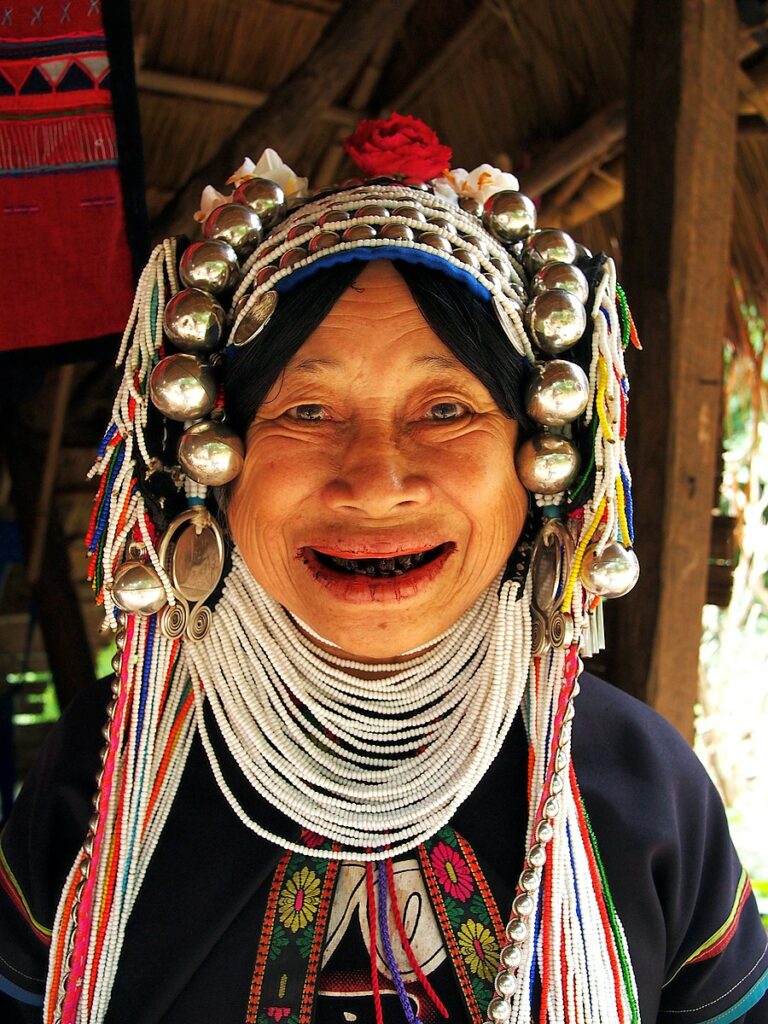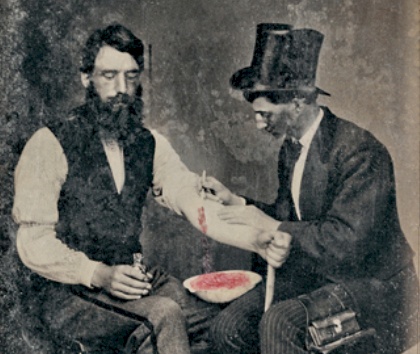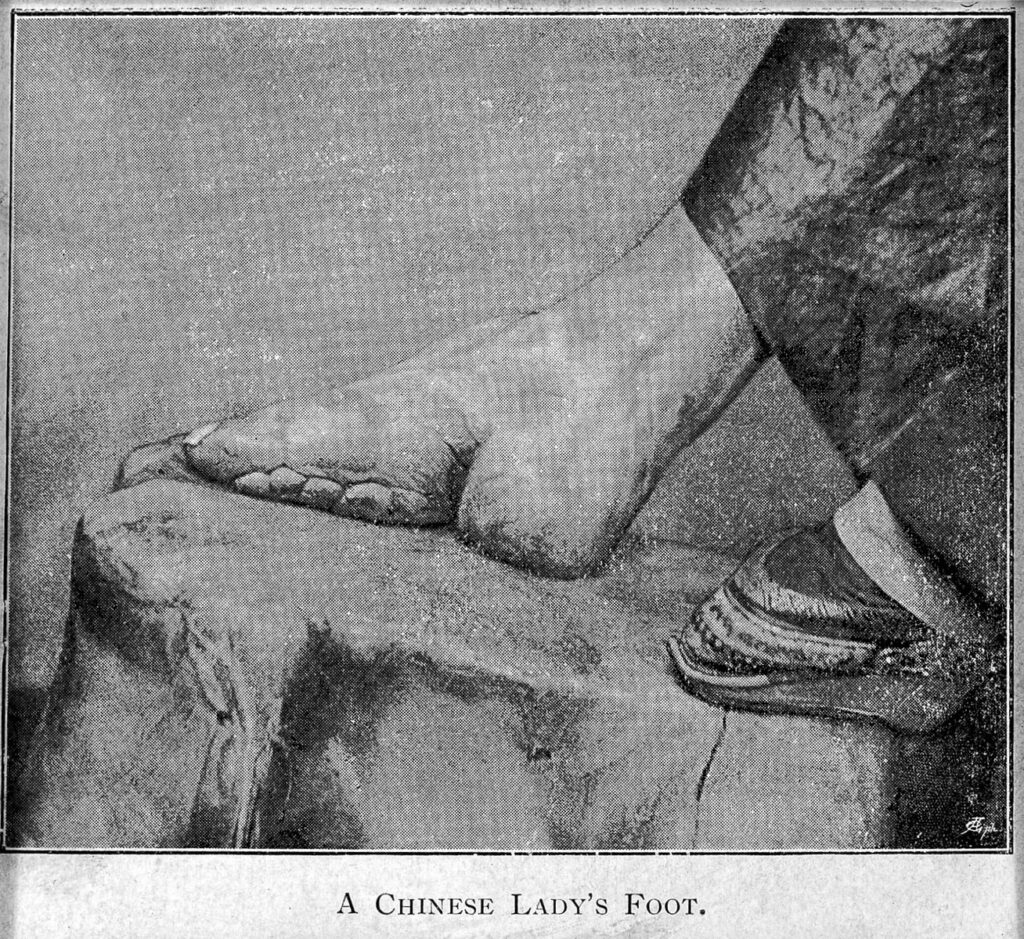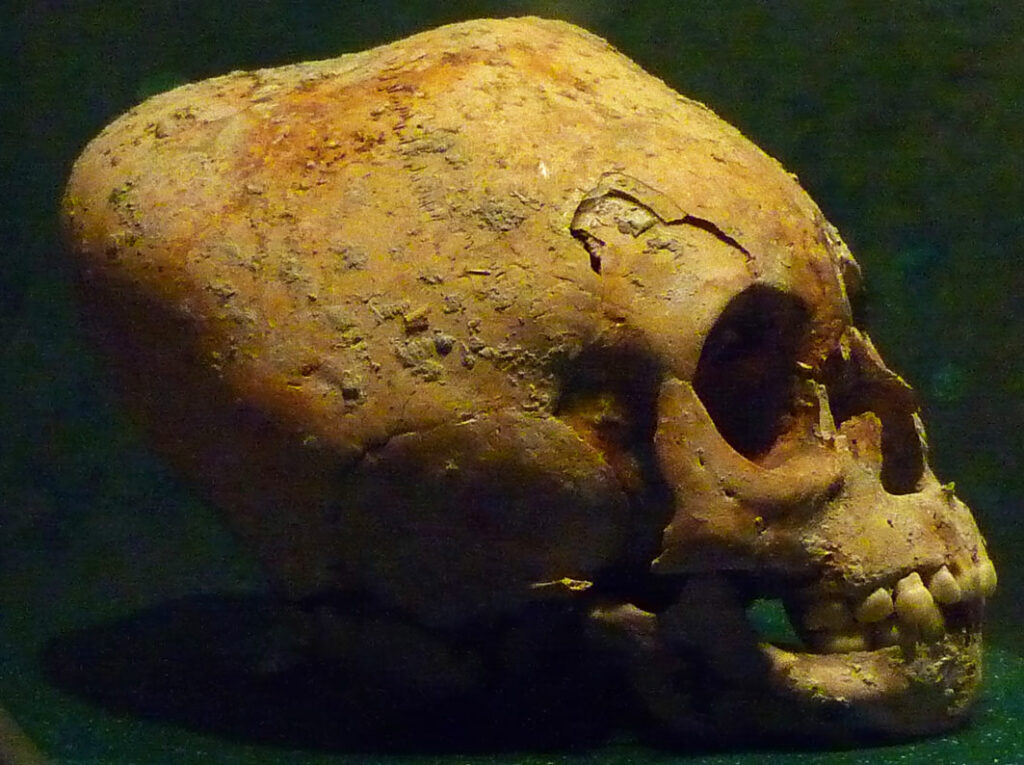People have always gone to great lengths to look attractive through the centuries.
All different cultures and eras have seen their fair share of truly bizarre, not to mention dangerous, beauty trends. Some are weirder than others.
For example, the Renaissance era saw women using leeches to achieve a pale, “ghostly” appearance. Women in 19th-century America occasionally nibbled on arsenic wafers for a clear, porcelain complexion. And how can we forget the ancient Egyptian fashion of painting their faces with lead and mercury?
Today’s beauty trends might seem crazy to us, but they pale in comparison to some of the shocking, unbelievable practices of the past.
Let’s explore some of the most extraordinary and unconventional methods humans have employed in the name of beauty throughout history.
1. Roman Gladiator Sweat Facials
The ancient Romans were known for their love of luxury and indulgence. Wealthy women were no exception. One of their most bizarre and unusual beauty trends was the phenomenon of using gladiator sweat for facials.
These facials were believed to improve complexion and maintain youthfulness. The sweat of successful gladiators was considered a potent aphrodisiac.
In Ancient Rome, most gladiators were revered by society for their physical prowess and fighting skills. They often fought to the death in front of cheering crowds in the Colosseum.
The more successful a gladiator was in the arena, the more potent their bodily fluids were believed to be. Turns out that their success could literally rub off on you, or so the Romans believed.
It’s unknown exactly how or when this trend got started. But soon wealthy Roman women were seeking out the sweat of these gladiators.
The sweat was collected from their bodies using a tool called a strigil. This was used for scraping off dirt, sweat, and oil across both Ancient Greek and Roman cultures. It would then occasionally be mixed with olive oil. This gave it a better, more desirable consistency. It was then sold as a facial cream to the women of Rome.
The facial of gladiator sweat was just one of many beauty trends that made use of their bodily fluids. Gladiator blood was supposedly another popular commodity, again sold as an aphrodisiac. Some historians even report that the blood of wounded or killed gladiators would be mixed with wine and drunk.
Despite being a common practice in ancient Rome, the trend of using gladiator sweat and blood in beauty products may seem barbaric and gross by today’s standards. However, it is a fascinating example of the lengths that people will go to in the pursuit of beauty and youthfulness.
2. Teeth Blackening in Old Japan
Teeth blackening may seem frightening and bizarre to many of us. But it has a long and fascinating history spanning many different Asian and Pacific cultures. This ancient practice is said to have originated in Japan. But it is possible that it arose earlier and elsewhere.
For hundreds of years, Japanese women were known to dye their teeth black with a substance called kanemizu. Historians believe the solution was made from a mixture of metals, like iron filings. Combined with vinegar and tannins. This would have come from certain vegetables or tea.
These blackened teeth likely first emerged as a practice meant to protect tooth enamel and prevent other oral hygiene issues, like gum disease. Teeth blackening, also called ohaguro, was considered alluring and beautiful. It was practiced by women over 18 years old to show maturity.
While teeth blackening is usually done during puberty as a sign of maturity, it was also used for its appeal to beauty and fashion, making it an interesting trend.
The practice is harmless to the teeth and is said to prevent tooth decay, similar to modern dental sealants. They also believed that it differentiated humans from animals. It was often practiced alongside other traditions like tooth sharpening, dental avulsion, and tattoos.
However, the custom has mostly disappeared today, after the introduction of Western beauty standards during the colonial era. Yet, teeth blackening continues to thrive among many minority groups in China, the Pacific Islands, and Southeast Asia.

Despite being banned by the Meiji government of Japan in 1870, ohaguro resurfaced in modern times in several rural areas of Cambodia, Thailand, and Vietnam. While the practice was more prevalent among older women, some younger women still carry it on.
Teeth blackening is often met with fascination and disapproval by those unfamiliar with the custom. Many mistake the dye for cavities or poor oral hygiene.
Although ohaguro may have faded in popularity, it continues to hold a significant cultural significance for many communities in Southeast Asia and Oceania.
3. The Beauty of Bloodletting
Another fascinating, yet slightly horrifying, beauty trend throughout the ages was the archaic practice of bloodletting. Bloodletting has long been a practice for withdrawing blood from the human body. It was typically thought to restore balance and remove excess “humors.”
One of the fathers of medicine, Hippocrates, believed that diseases were caused by an imbalance in the four basic humors. Treatment consisted of getting rid of the excess by various means such as bloodletting.
Ancient Egyptians, Greeks, Romans, Arabs, and Asians all practiced bloodletting going back at least 3,000 years. In the Renaissance era, for example, it became incredibly prevalent across Europe. The technique remained in use as a medicinal treatment until the late 19th century, when it was finally discredited.
Bloodletting could be done through multiple means, like venesection or scarification. But leeches were a very common method for bloodletting. The medicinal leech could ingest almost ten times its weight in blood.
Bloodletting was believed to cure a wide range of diseases. It was used for everything from pneumonia and seizures to mental illness and “female hysteria.”

However, aside from healing an ailing patient, bloodletting has also been seen as a beauty trend in its own right throughout history. In many different cultures and societies – Elizabethan England for example – the look of a pale complexion was all the rage.
Makeup was the most common route to achieving this look. However, bloodletting was sometimes used as well. Undergoing bloodletting could reliably leave patients with a pale face and many women sought it out for this very reason!
Although bloodletting has been discredited for most illnesses, leech therapy is still used in some situations today. Less often for fashion and beauty.
4. Thousands of Years of Foot Binding in China
Foot binding may be one of the most outlandish beauty trends in history. It was arguably the most painful.
For centuries, Chinese women had their feet bound from an early age. The goal was to achieve a dainty, three-inch “golden lotus.” This practice completely altered the shape of the foot. While it is uncertain when foot binding began, some of the earliest evidence for this comes from the tomb of Lady Huang Sheng, who died in 1243.
Archaeologists found lotus shoes embroidered with elegant designs. These were designed for her small feet. These shoes only measured three inches long. They were often made for women by their husbands or lovers.
The shoes, as well as the miniaturized feet, were highly prized. Even the wealthiest, most powerful women had to work hard to maintain them. But the practice of foot binding was incredibly painful and highly dangerous.

First, the feet were plunged into hot water, and all of the toes except for the big one were broken and bound flat against the sole. The arch of the foot was strained as the foot was bent.
Finally, the feet were bound in place using a long silk strip. These strips were removed and changed every two days to prevent infection. But this wasn’t always the case.
Many girls were also forced to walk long distances while their feet were bound. Over time, the wrappings became tighter. They squeezed the heel and sole closer together and hastened the process. After two years, the process was considered complete.
The impact of foot binding was fairly significant throughout China. It likely arose out of social forces that subjugated women. And it was quite common.
Foot binding offers a shocking example of how women’s fashion and traditional beauty practices can be destructive and harmful. Despite being banned in 1911, the practice of foot binding still survives in some remote parts of China.
5. The Bizarre Mayan Practice of Skull Elongation
As we’ve seen, the pursuit of beauty can come in many forms. Some of the practices can often lead to irreversible consequences. A prime example of this is the Maya practice of skull elongation.
The Mayan civilization thrived around 300 to 900 AD. It was located in parts of what is now Mexico and Central America. Artificial cranial deformation was a common practice among the Maya people.
They believed that this beauty technique would bring them closer to the gods and signify nobility. They would use a special head-flattening apparatus to intentionally shape the skull of some children during the first few years of life.
The process would involve constant pressure exerted on the child’s developing skull. The result? An elongated, conical shape to the head made for a stupefying physical appearance.

The Mayans believed that the techniques would keep their young ones’ souls and physical existence in balance. There was also a belief that doing this could “prevent evil winds.”
The elongated skull was also considered to confer nobility and other social status symbols. It also signified a sense of beauty. Today, other forms of artificial cranial deformation are still in practice in rare instances for hierarchical and religious purposes.
As bizarre and unique as this beauty trend might be, it raises significant questions about the impact such practices can have. Artificial cranial deformation produced differences in aesthetic features and skull shape.
But there is no evidence indicating that it led to increased cranial size or brain growth. On the other hand, some studies suggest that this distortion negatively impacts some lobes of the brain.
Ultimately, the Maya people upheld this beauty trend for centuries. It gave many members of the culture a physical appearance that would stun and befuddle outsiders to this day.
6. An Arsenic Complexion
The Victorian era in England was no exception to the pursuit of beauty and perfection. They even used arsenic – yes, the highly poisonous chemical element – as part of a popular beauty trend to achieve a better complexion.
The trend was first inspired by the Styrian region of Austria. Here, eating arsenic was surprisingly quite common. The Styrians were said to be able to consume the chemical and they had great complexion as a result of it killing the bacteria in their skin.
Women started doing the same in the hope of achieving smooth, creamy skin. They nibbled on “complexion wafers” that contained arsenic. They also applied the poison directly to their faces to achieve blemish-free skin. Despite consuming toxins that were detrimental to their health, women were more than willing to take the risk.
Arsenic is a natural element that, when consumed, can cause cancer, cardiovascular disease, and poor cognitive development. Using arsenic in makeup products like complexion wafers and makeup led to outbreaks of severe hyperpigmentation and dark spots on the hands and feet.
Nonetheless, entrepreneurs like Dr. James P. Campbell began selling arsenic-laced “complexion wafers” in 1890. They misled customers by claiming that they were “safe and harmless” to anybody. The royals, who were trendsetters in the Victorian era, were also known to use arsenic in their makeup.
Other popular beauty products such as lead-based makeup had severe health consequences. In fact, Queen Elizabeth, who wanted to achieve a pale complexion associated with nobility, was known to wear Venetian Ceruse. This was a type of makeup made of white lead and vinegar.
Bizarre beauty trends have been around since ancient times, and clearly, many have been far from safe and have led to significant health risks.
In the end, the history of beauty is rife with bizarre and detrimental trends. It proves that the quest for beauty can sometimes come at a high cost. However, it is always crucial to entrust your beauty treatments to professionals and to prioritize safe and healthy methods.
References
Foreman, Amanda. “Why Footbinding Persisted in China for a Millennium.” Smithsonian.com. Smithsonian Institution, February 2015. https://www.smithsonianmag.com/history/why-footbinding-persisted-china-millennium-180953971/.
Greenstone, Gerry. “The History of Bloodletting.” BCMJ. British Columbia Medical Journal, 2010. https://bcmj.org/premise/history-bloodletting.
Mendoza, Jean. “The Weird Thing Done with Gladiator Sweat in the Roman Empire.” Grunge. Grunge, September 3, 2021. https://www.grunge.com/594953/the-weird-thing-done-with-gladiator-sweat-in-the-roman-empire/.
Papanikolas, Stephanie. “Skincare Trends of the Past: Toxic and Sometimes Fatal.” Curology, October 31, 2019. https://curology.com/blog/arsenic-and-dead-face/.
Taipale, Eric. “Tracing the History and Health Impacts of Skull Modification.” Discover Magazine. Discover Magazine, January 28, 2022. https://www.discovermagazine.com/planet-earth/tracing-the-history-and-health-impacts-of-skull-modification.
Venugopal, A., and A. Marya. “Return of the Ohaguro.” British Dental Journal 231, no. 2 (2021): 69–69. https://doi.org/10.1038/s41415-021-3280-9.

